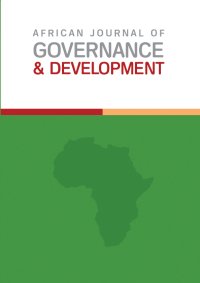Multivariate Association in Road Traffic Crashes and the Policy Implication for Maximum Remedial Effect
Main Article Content
Abstract
In 2010, the governments of the world declared 2011-2020 as the Decade of Action for Road
Safety. The unanimous support for this Decade of Action from member states explains the growing awareness of the devastating scale of road traffic injuries as a global public health and development problem. Despite the enormous toll exacted by road traffic injuries, they have for many years been neglected by global health and development agendas, and funding for interventions has not been commensurate with the scale of the problem. Strategies do exist, however, that have proven to reduce road traffic injuries and a number of countries have successfully used these to reduce their road traffic deaths. The objective of this study is to use the Oyo State-Nigeria evidence-based case to explain the need to take cognisance of neighbourhood characteristics in policy designs and decision- making to enhance significant remedial effect from interventions in an attempt to reduce road traffic injuries and deaths. The characteristics investigated include major road lengths, travel density, residential population and the area of administration. The study concludes that spillover effects do exist in road traffic crashes (RTC) within spatial units across geographical regions – as such, neighbourhood characteristics cannot be ignored when planning for intervention. Apparently, the need to incorporate spatial analysis with existing strategies to achieve maximum remedial effect cannot be over emphasised. These results should enable the orientation of safety and injury prevention policies targeted towards reducing the frequencies of RTC
Article Details

This work is licensed under a Creative Commons Attribution-NonCommercial-NoDerivatives 4.0 International License.
